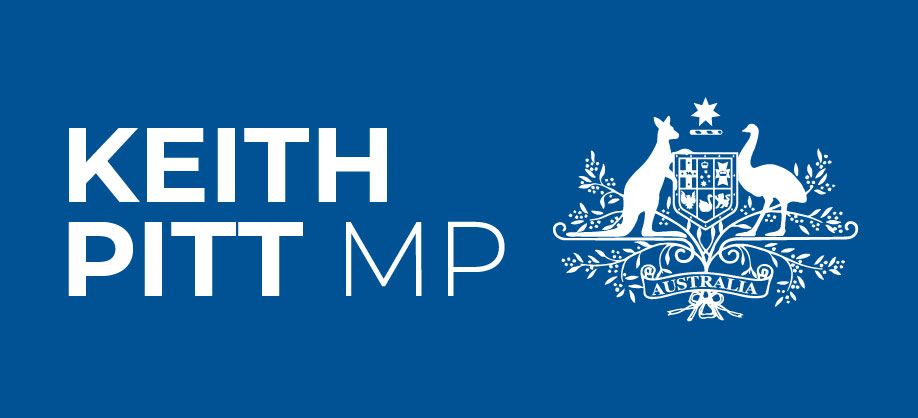Questions without notice – Australian floods
Mr THOMPSON: My question is for the Minister for Resources, Water and Northern Australia. Will the minister outline to the House the work and research Geoscience Australia has been undertaking to support and assist our communities in managing the impact of floods?
Mr PITT: I thank the honourable member for Herbert for his question. What we’re seeing through New South Wales, Queensland and other areas at the moment in terms of floods is absolutely devastating. I know the member for Herbert as a candidate was out on the ground in the Townsville floods, filling sandbags and talking to communities. I want to commend all of those individuals who are out there putting their lives at risk, who are out assisting communities, whether they are the SES, other emergency services or community members themselves. I come from a community that has suffered similar devastation, as many members in this place do. For my mob, I know that what’s currently going on is bringing back very bad memories for them.
However, I’m very pleased to advise the House that, through one of the agencies of the Commonwealth, Geoscience Australia, we are actively supporting the emergency management at Australia’s Crisis Coordination Centre during the current floods with world-class spatial support and information. Geoscience Australia is generating data from satellite imagery, including delineation and damage assessment maps and reports that are being used right now to assist in the emergency response. Geoscience Australia is providing access to the rapid damage assessments that will give the Crisis Coordination Centre the most accurate record of houses affected by floods. In addition, GA are compiling all of the imagery and data from these events into the Australian Flood Risk Information Portal to better prepare us for the future.
Whilst we’re in the middle of the response and there are Australians doing it very tough and in very difficult circumstances, we are looking to the recovery and we are looking to the future for resilience. Just because an area hasn’t flooded in the past, doesn’t mean that it won’t flood in the future. It does not. So it’s incredibly important that we map the characteristics of these floods as they occur. That’s why GA is in there with that world-leading satellite data and flood mapping.
Flood-mapping data from historical and recent flood events will be available for communities to make decisions about how they will rebuild and prepare for the next event. That’s an important point. When it comes to resilience, we must bring communities with us on that journey into the future. Access to the Australian Flood Risk Information Portal, as well as the water observations from space, provides engineers and insurance planners with flood map information down to street level. That’s so experts can better understand risks and take appropriate mitigation action. It is about local response and working with local communities and planning into the future in terms of resilience. Our agencies, including Geoscience Australia, are out there doing that right now.
I want to commend our colleagues—and I say ‘our’ colleagues—who are out in their communities right now working very closely with those individuals who are affected. Right across government, we will continue to provide that support

